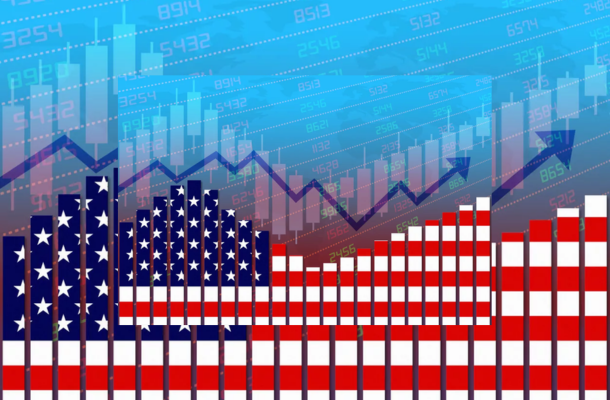
The Consumer Price Index (CPI) for November increased by 0.1%, and the core CPI rose by 0.3%, indicating changes in U.S. inflation driven by decreases in housing, healthcare, and energy costs.
In November 2023, the U.S. Bureau of Labor Statistics released the Consumer Price Index (CPI) report, shedding light on the state of inflation in the country. The report revealed a 0.1 percent uptick in the CPI when seasonally adjusted, compared to October. This increase is noteworthy given the annual rise of 3.1 percent before seasonal adjustment.
The slight increase in November's CPI was slightly lower than what was previously estimated. Analysts had predicted a more consistent rate of inflation, possibly underestimating the resilience in certain market sectors amidst economic recovery efforts and global market changes.
The housing costs notably contributed to the overall CPI increase, while the gasoline index experienced a 6.0 percent decline, leading to a 2.3 percent decrease in the overall energy index. Contrary to expectations of stability, energy prices decreased.
Food prices, a significant component of the CPI, showed a 0.2 percent increase, a slowdown from October. The food at home index rose by 0.1 percent, while the food away from home index increased by 0.4 percent.
Excluding the volatile food and energy sectors, the core CPI rose by 0.3 percent in November, surpassing earlier predictions. This increase was influenced by rising costs in rent, owners’ equivalent rent, medical care, and motor vehicle insurance, while sectors like apparel and household furnishings declined.
In the 12 months leading to November, the all items index increased by 3.1 percent, slightly lower than October. The all items less food and energy index reported a 4.0 percent rise over the last year, consistent with the previous year-end comparison. The energy index decreased by 5.4 percent, while the food index increased by 2.9 percent.
The November 2023 CPI report depicts a changing inflation landscape in the U.S., driven by rising shelter costs and healthcare, alongside falling energy prices, particularly gasoline. The lower-than-expected inflation rate may impact the Federal Reserve's policy decisions as it aims to balance economic growth and inflation control. This report is crucial for understanding the current economic dynamics.

Subscribe to our daily newsletter and get the best forex trading information and markets status updates
Trade within minutes!
Comments (3)
DwUQQUrL DwUQQUrL
Dec 19, 202320
TzwSVsOw TzwSVsOw
Dec 19, 202320
DwUQQUrL DwUQQUrL
Dec 20, 202320